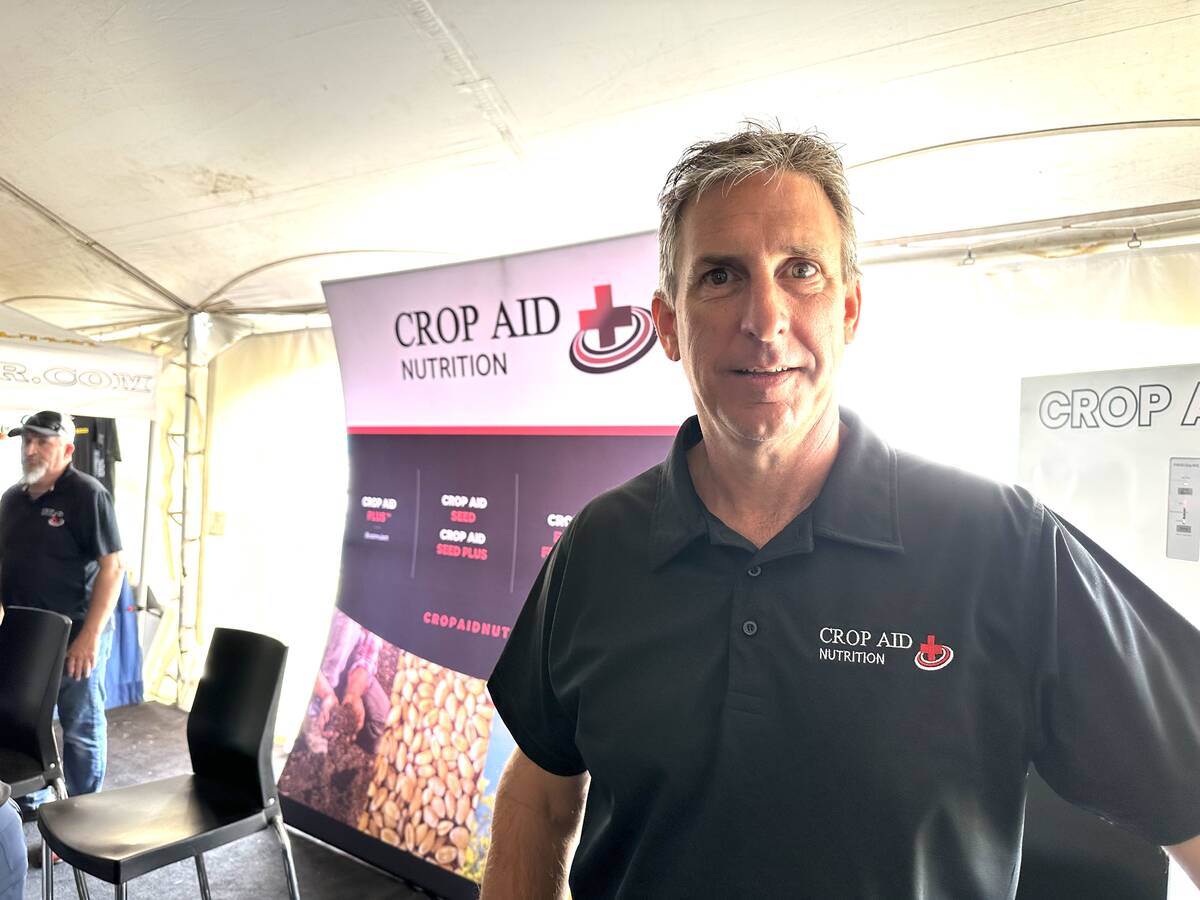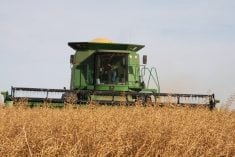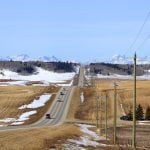In the last issue of Grainews, I discussed the nitrogen needs of mustard. Now, let’s turn to the other fertilizers mustard requires.
Phosphorus (P)
About 80 per cent of brown and dark brown soils are deficient in phosphorus (P). Soil P availability to plants can be assessed by soil sampling and testing to determine plant-available soil P. Research in Alberta has shown that the modified Kelowna soil test method, used by most western Canadian soil testing laboratories, is the best method to predict P fertilizer requirements. In Saskatchewan, the Olsen soil P test method has been the standard for soil test calibration. Crop response to applied P fertilizer depends on the quantity of plant-available P already in the soil as well as soil moisture and temperature conditions. When spring environmental soil conditions are cool and wet, mustard tends to be more responsive to P fertilizer versus when soil conditions are warmer or drier. Alberta research suggests that placement of P with the seed is potentially better than banded P, and both methods are superior to broadcast-incorporation of P fertilizer. But, from a seed safety standpoint, not more than 10 to15 pounds of P2O5 per acre should be seed-placed. Higher amounts should be side-banded away from the seed.
Potassium (K)
Mustard has a high potassium (K) requirement. But only 20 per cent of the K taken up is contained in the seed, while the remaining K in the leaves and stems is normally returned to the soil. The majority of brown and dark brown soils in western Canadian prairie soils have extractable soil K levels in the range of 400 to over 800 lbs./ac. in the top zero to six inches.
Generally, mustard does not respond to K fertilizer when soil test levels are greater than 250 lbs. K/ac. in the zero- to six-inch depths. On fields that test less than 250 lbs. K/ac. or on sandy soils or intensively cropped fields, K fertilizer may be required.
Potassium fertilizer is more efficient when seed-placed or banded. However, even small amounts of seed-placed K fertilizer with mustard can reduce germination and emergence. If potassium is required, banding or side-banding is the best placement method.
Sulphur (S)
Mustard requires a constant supply of available sulphate-S (SO4-S) throughout the growing season with a higher requirement at flowering. Generally, sulphur deficiency is not common in the brown, dark brown and on irrigated soils as significant sulphate-S levels are usually present in the six- to 12- and 12- to 24-inch depths. But occasionally sulphate-S may be low in the zero- to six-inch depth.
Surface soil deficient in S could have reduced yield without visual symptoms. The general recommendation for mustard production is five to 10 lbs./ac. actual S as ammonium sulphate in the brown and dark brown soil zones when surface soils are low in S.
Under irrigated conditions, there is normally sufficient SO4-S in the soil. Generally, there is adequate SO4-S in the irrigation water to meet crop requirements. For example, in 12 inches irrigation water in southern Alberta, about 30 lbs./ac. of sulphate-S is applied.
Read Also

New soil treatment targets saline patches in fields
Crop Aid SS is a Saskatchewan-made spray that’s intended to help farmers manage saline soils by leaching salts away from the root zone.
Mustard is sensitive to the salt effect of seed-placed ammonium sulphate (21-0-0-24). When there is adequate soil moisture, do not place more than five to 10 lbs. S/ac. with the seed, otherwise, side band or mid-row band S fertilizer.
Micronutrients
No documented micronutrient deficiencies have been identified with mustard in southern Alberta. I am not aware of any documented micronutrient problems with mustard in Saskatchewan. Occasionally, agronomists recommend boron (B) to fields based on a soil B test. But, the soil test for boron tends to be unreliable, resulting in unnecessary boron fertilizer application. If a grower receives recommendations for a micronutrient fertilizer on mustard, I would suggest field trials in replicated on-farm test strips to assess the potential benefits before using it on a field scale.
In my next article, I will discuss weed, insect and disease management of mustard.
Want more information?
Looking for more mustard information? You can find more information on mustard production online at:


















